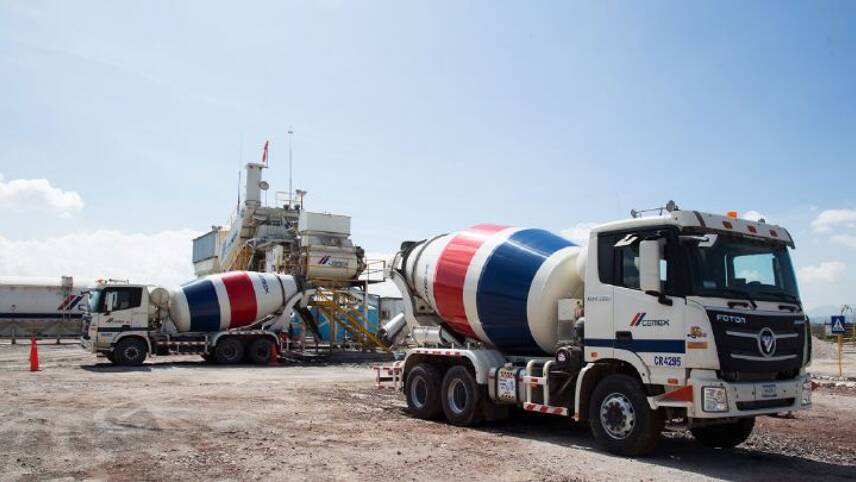Register for free and continue reading
Join our growing army of changemakers and get unlimited access to our premium content

Cemex is one of the world's largest building materials firms
The mapping exercise, carried out after Cemex originally announced its support for the SDGs in 2017, identified five Global Goals that are “directly connected with the company’s business”: SDG 8, decent work and economic growth; SDG 9, industry, innovation and infrastructure; SDG 13, climate action; SDG 15, life on land and SDG 11, sustainable cities and communities.
In order to hold itself accountable for acting in line with these Goals, Cemex this week signed a collaborative agreement with the UN Global Compact’s (UNGC) Mexican Network, the Business Coordinating Council and representatives from Mexico’s federal government.
The agreement commits all signatories to “transform how they do business” in line with the SDGs, in order to “positively impact people and the planet”. Cemex is the first business to have signed the pledge, which has now been opened to companies of all sizes and sectors, provided they are based in Mexico.
“Consistent with our commitment to the UN SDGs, we continue to contribute to these global goals and develop business opportunities for our company by creating shared value for society,” Cemex’s chief executive Fernando A. González said.
“We invite the private sector to join this commitment and generate inclusive prosperity and sustainable development.”
Long-term thinking
The move comes as Cemex is working to develop its post-2020 sustainability strategy, as its current set of targets and KPIs will expire next year.
Among other goals, its existing 2020 strategy targets a 25% reduction in CO2 per tonne of product manufactured, against a 1990 baseline; 100% emissions monitoring coverage across all manufacturing plants, Biodiversity Action Plans for all active quarries and for alternative fuels to account for 35% of its fleet and heating-related energy demands.
As it looks beyond these targets, the company claims that SDG alignment will “create systemic change, increase engagement, promote a sense of purpose and raise awareness [on sustainability issues] among its stakeholders”.
With recent research revealing that as much as $12trn and 380 million jobs could be generated by 2030 if the SDGs are placed at the heart of global economic strategies, CEMEX is one of many companies to have used to Global Goals as a sustainability framework. Indeed, 193 countries, more than 10,000 companies and investors with more than $4trn in assets have pledged their support to the SDGs.
Among the companies to have recently taken action to align with the SDGs is beverage giant Pernod Ricard, which last month published a 2030 roadmap covering regenerative agriculture and biodiversity, recyclable packaging and a science-based carbon target.
Similarly, utility SSE’s new SDG-aligned framework for 2030 aims to deliver a 50% cut in carbon intensity, treble its renewable electricity output and facilitate the uptake of 10 million electric vehicles (EVs) in the UK.
Sarah George


Please login or Register to leave a comment.